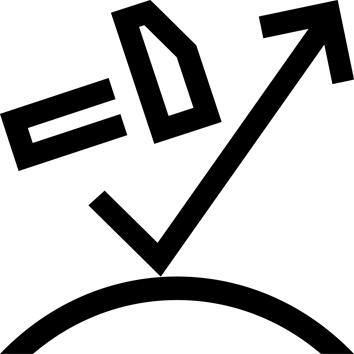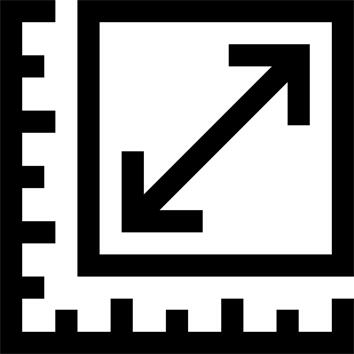The step to dynamic balance
Before age 4, children must learn to direct their bodies in a given direction, then gradually refine this direction by moving both feet forward side by side. By age 4, the child can walk one foot in front of the other, alternating on a support at least a foot and a half wide.
By age 6, the child is able to walk one foot in front of the other on a support at least the width of his or her foot.
Psychomotor development :
Children's psychomotor development has genetic, motor and psychological foundations.
A product can influence a child's psychomotor development if it has an effect on the motor plan.
This motor plan comprises several major elements: body schema, dynamic coordination, balance, hand-eye coordination, fine motor skills and temporal and spatial structuring.
Body schema
The body schema is the child's representation of his or her own body, enabling him or her to gain finer control over gestures, body perception and, more generally, self-awareness. It is first constructed from sensations and actions ("body felt, body acts"), before being represented and evoked ("body represented", human drawing).
The more a child acts, the more he refines his body schema, and the better he acts in return.
Occulo-motor coordination
Oculo-manual coordination encompasses actions that enable children to aim with all or part of their body: for the youngest, following a trajectory, then aiming with large objects and targets, with hands and feet, then smaller and smaller targets, up to total control of
digital dissociations: tapping, stringing beads, writing.
Temporo-spatial structuring
Temporo-spatial structuring encompasses everything to do with the child's reference points in time (before/after, rhythmic activity, day/night, season, etc.) and space (in front/behind, above/below, right/left, etc.).
User information :
Do not store on the floor, but provide a protective mat to avoid damaging your floor and protect your little ones from any water splashes.
Outside diameter: 90 cm
Jumping mat diameter: 63 cm
Height: 24 cm
Jumping surface: approx. 6360 cm².




